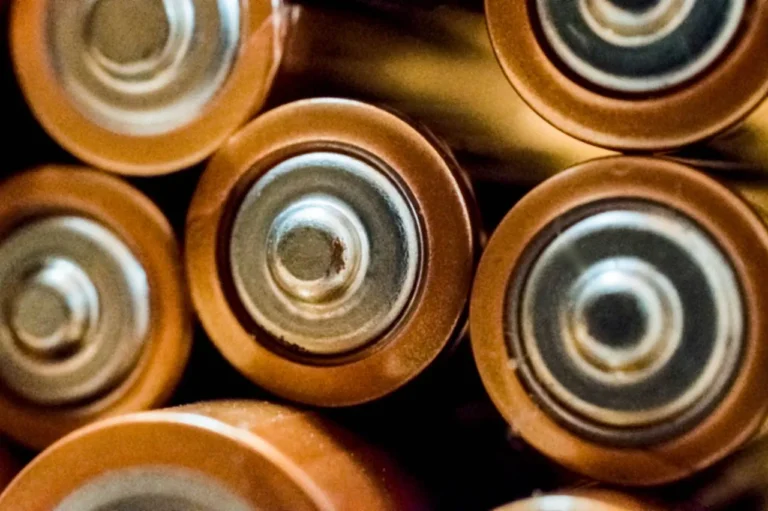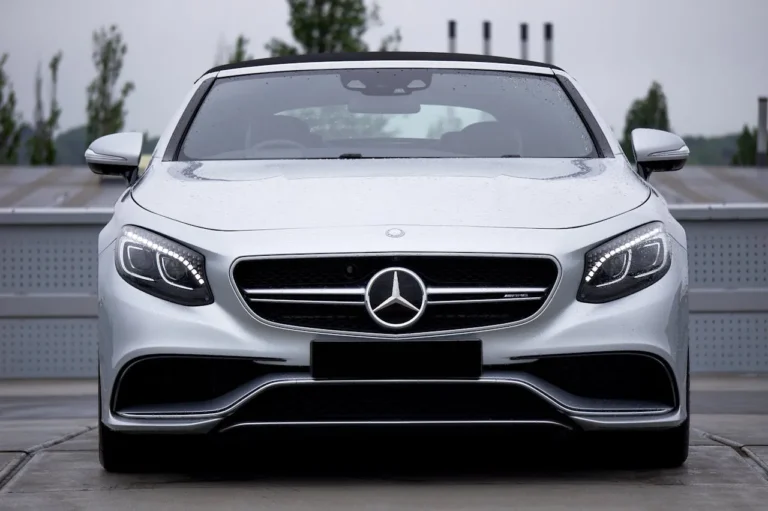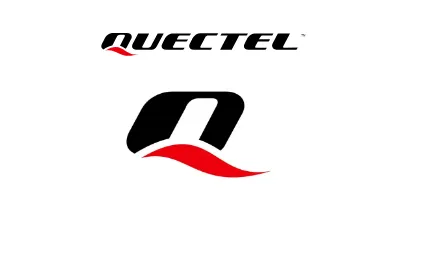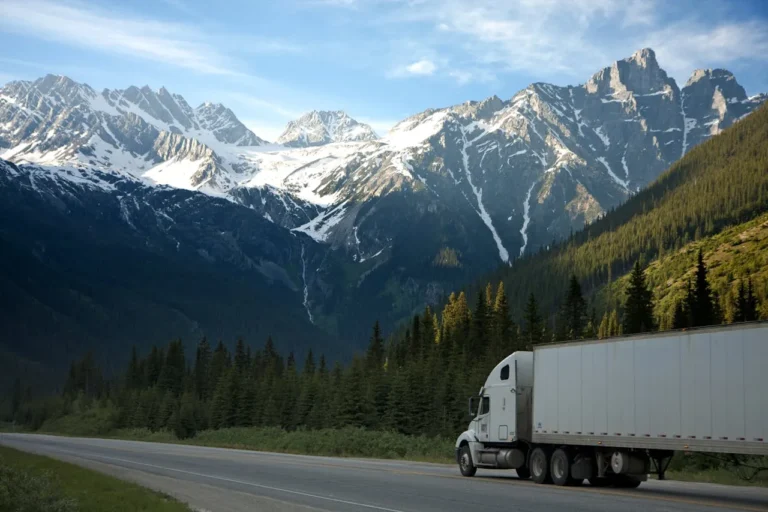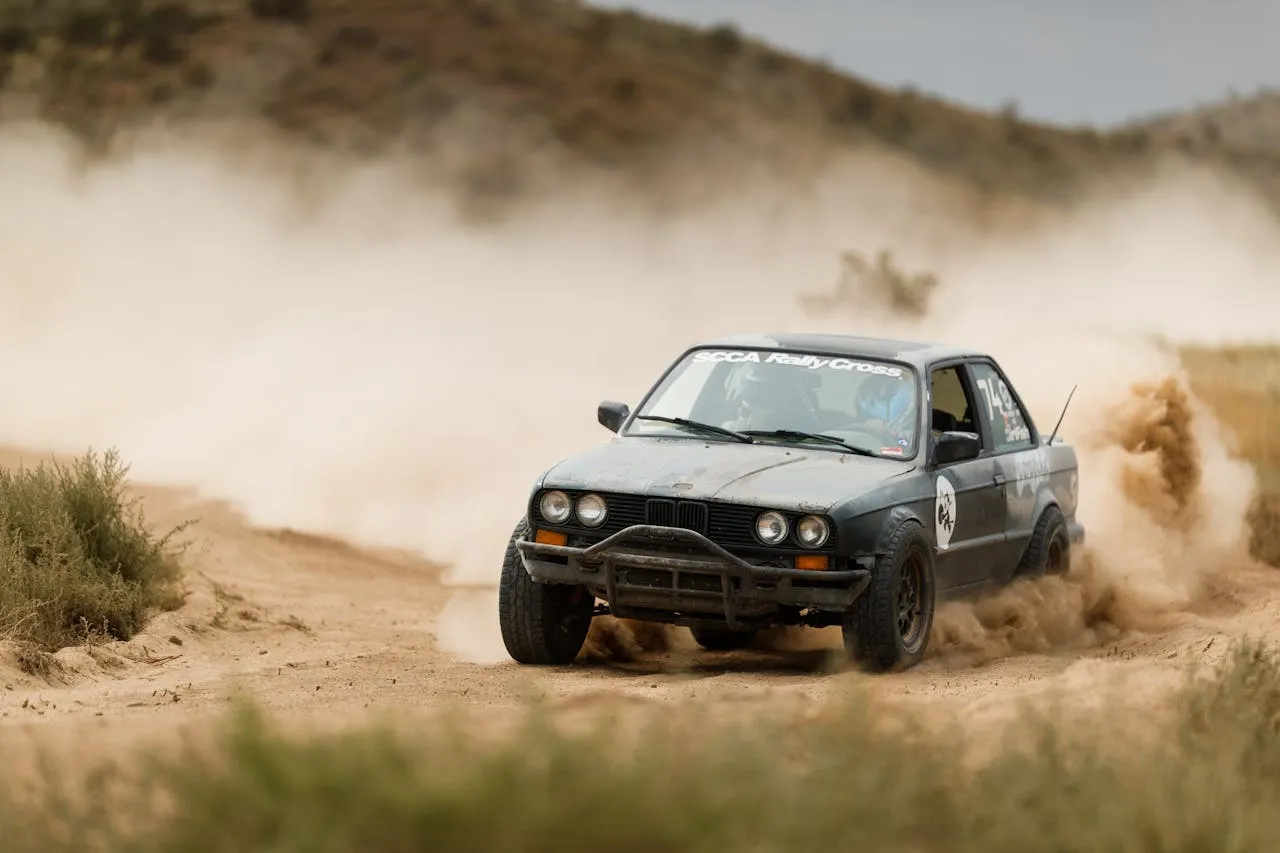
GWM’s Mass-Production Off-Road Fleet Tackles the 2025 Taklimakan Rally: A Showcase of Technology, Endurance, and Brand Confidence
The 2025 Taklimakan Rally roared to life across the vast expanse of China’s largest desert, the formidable Taklimakan Desert. Known as the “Dakar of Asia,” this legendary event has earned its place as one of the most extreme and respected off-road challenges in the world. Stretching over grueling terrain and punishing environmental conditions, the rally stands as a supreme test of engineering, performance, and endurance. This year, Great Wall Motor (GWM) returns to the competition with renewed ambition—deploying a formidable fleet composed entirely of mass-production vehicles. In doing so, GWM reasserts its off-road dominance while placing its consumer-ready technologies under the harshest real-world scrutiny.
A Strategic Return Marked by Confidence and Innovation
A decade after last claiming the overall championship, GWM is back with a lineup that reflects both technical prowess and unwavering confidence in its products. The 2025 rally team is composed of vehicles pulled directly from production lines—models that consumers can buy today—spanning GWM’s key sub-brands: HAVAL, TANK, and POER. The lineup includes:
- HAVAL B26 (Gasoline)
- HAVAL H9 (Diesel)
- TANK300 Hi4-T (PHEV)
- TANK400 Hi4-T (PHEV)
- TANK500 Hi4-Z (PHEV)
- GWM POER V6 (Gasoline Pickup)
What sets this effort apart is GWM’s decision to run all entries with standard engines and transmissions—no high-performance racing modifications—aside from safety features mandated by the competition. This bold move turns the Taklimakan Rally into the ultimate proving ground for GWM’s R&D systems, product validation processes, and quality assurance protocols. Each dune, ravine, and stretch of scorching sand becomes a real-time laboratory, testing the limits of production-ready powertrains and components.
HAVAL: Hardcore SUVs Go Head-to-Head
HAVAL, GWM’s SUV-centric sub-brand known for rugged capability, enters the rally with four vehicles—two HAVAL B26s and two HAVAL H9s—featuring both gasoline and diesel powertrains. These vehicles highlight HAVAL’s strategic focus as a “global SUV expert,” and the rally becomes an arena to showcase their off-road engineering expertise.
With platforms designed to handle challenging terrain and engineered for balance between power and comfort, HAVAL’s participation underscores its commitment to blending daily drivability with racing-level durability. The rally thus becomes more than a race; it’s a high-octane demonstration of the brand’s progress in terrain-conquering technologies like intelligent four-wheel-drive systems, adaptive suspension setups, and rugged chassis designs.
TANK Hi4 Series: Pioneering Electrified Off-Roading
Making its rally debut in the newly introduced New Energy Vehicle (NEV) category, the TANK brand takes a bold step into the future of electrified off-road racing. Representing GWM’s next-generation plug-in hybrid architecture, the TANK300 Hi4-T, TANK400 Hi4-T, and TANK500 Hi4-Z are equipped with GWM’s proprietary Hi4-T and Hi4-Z powertrains, designed to maximize torque, control, and energy efficiency.
These PHEVs are engineered not just for sustainability, but also for extreme conditions. With regenerative braking, torque vectoring, and advanced terrain response systems, the TANK models are poised to rewrite the rules of what electrified vehicles can do in off-road scenarios. Their presence in the Taklimakan Rally places them side-by-side with traditional gasoline and diesel competitors, signaling that new energy off-roaders are not only viable—but competitive.
GWM POER V6: Power and Precision in a Pickup
In the high-performance pickup segment, the GWM POER V6 brings muscular capability and aggressive dynamics to the rally. Powered by a self-developed 3.0-liter twin-turbo engine, the POER V6 delivers high-output horsepower and rapid throttle response, optimized for desert acceleration and dune handling. This marks a significant moment for Chinese pickups, positioning the POER V6 as a world-class contender on one of the most demanding racing stages.
Its robust frame, intelligent power distribution, and fine-tuned suspension allow the POER V6 to navigate the unpredictable desert terrain with the confidence of a predator in its natural habitat. The rally puts this performance to the test across hundreds of kilometers of shifting sands, rocky ravines, and wind-carved yardangs.
Rally Details: The Harsh Beauty of the Taklimakan
Founded in 2005, the China Taklimakan (International) Rally—officially sanctioned by the FIA—is China’s most prestigious off-road event. Over time, it has grown into an internationally respected race often called the “Dakar of the East.” The 2025 edition runs from May 20 to June 1 and spans roughly 4,500 kilometers, including 2,350 kilometers of timed special stages.
The course weaves through some of Xinjiang’s most iconic and punishing landscapes, including Aksu, Kashgar, and Hotan. With over 65% of the route traversing pure desert, racers face relentless exposure to dunes, gobi plains, and complex geological formations. These conditions demand exceptional vehicle durability, precise chassis tuning, efficient cooling systems, and flawless drivetrain performance.
For GWM, every kilometer is more than just a race—it’s a data collection mission and a brand showcase. Vehicle telemetry from the rally directly informs product improvement, system optimization, and structural validation. Real-time stress testing in high-heat, low-traction environments helps GWM engineers refine everything from thermal management systems to shock absorber calibration.
The Race as a Brand Stage
Beyond vehicle validation, the rally is a platform for storytelling and cultural expression. GWM uses the race not only to test machines, but also to reinforce its brand identity. The decision to field mass-production vehicles illustrates the company’s belief in making rugged, reliable, and intelligent off-road vehicles accessible to everyday consumers.
GWM’s multi-brand, multi-powertrain approach—blending traditional combustion, plug-in hybrid, and diesel models—also reflects a future-oriented strategy. As global auto markets transition toward new energy, GWM demonstrates that its electrified vehicles are ready for extreme performance, not just urban commuting.
A Modern Rally, A Timeless Challenge
As the 2025 Taklimakan Rally continues to unfold, GWM’s participation offers an inspiring glimpse into the evolution of mass-production vehicles and off-road motorsport. By confronting one of the toughest racing environments on Earth with vehicles identical to those available in showrooms, GWM bridges the gap between everyday mobility and motorsport excellence.
This endeavor not only tests the limits of machines but also the mettle of the brand itself—highlighting GWM’s engineering maturity, technological innovation, and deep understanding of consumer expectations. From roaring gasoline SUVs to electrified powerhouses and high-performance pickups, GWM’s fleet signals a new era in off-road capability—where mass production meets motorsport with no compromises.



